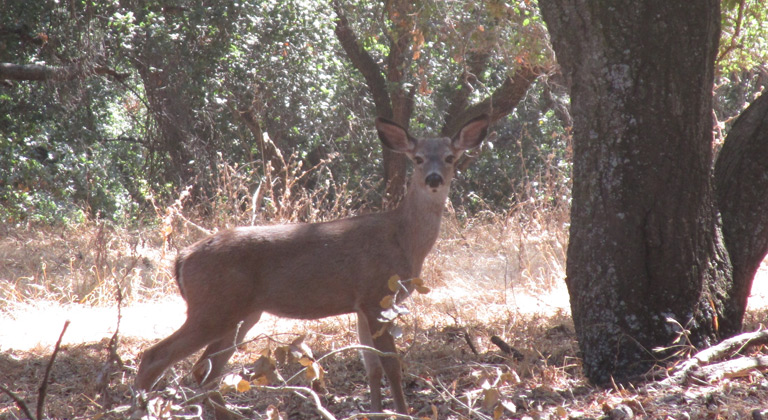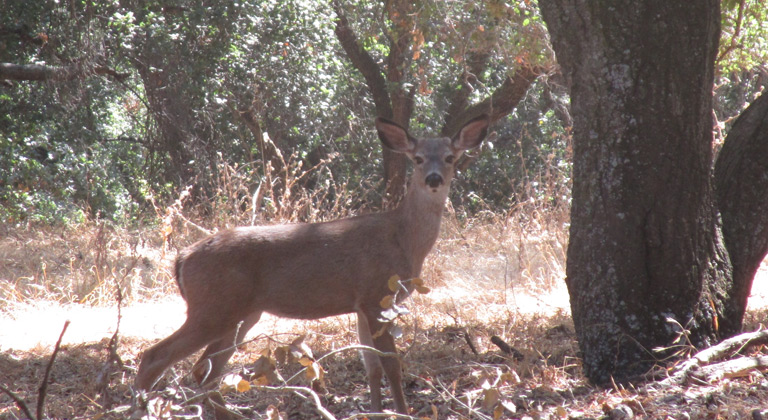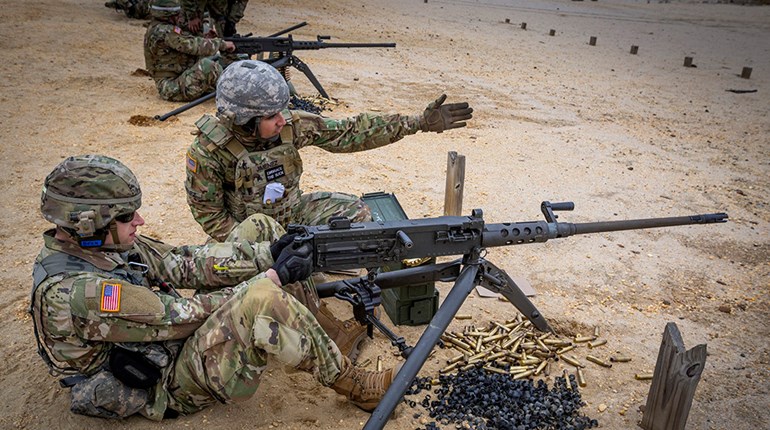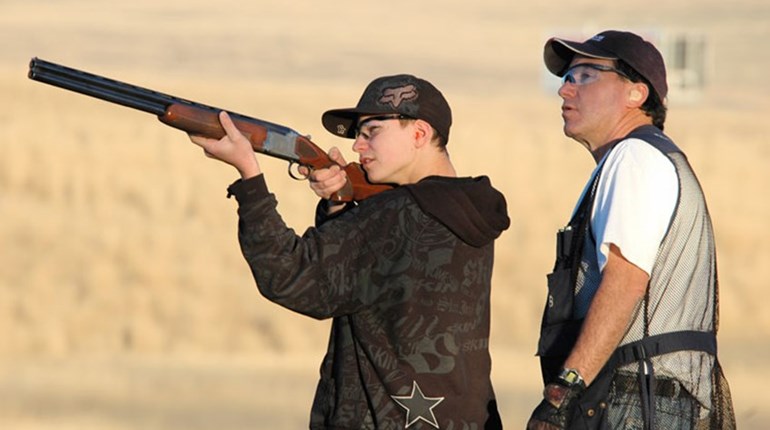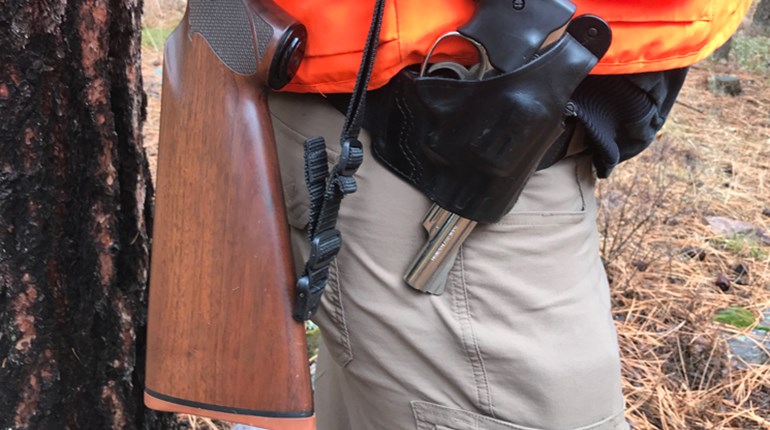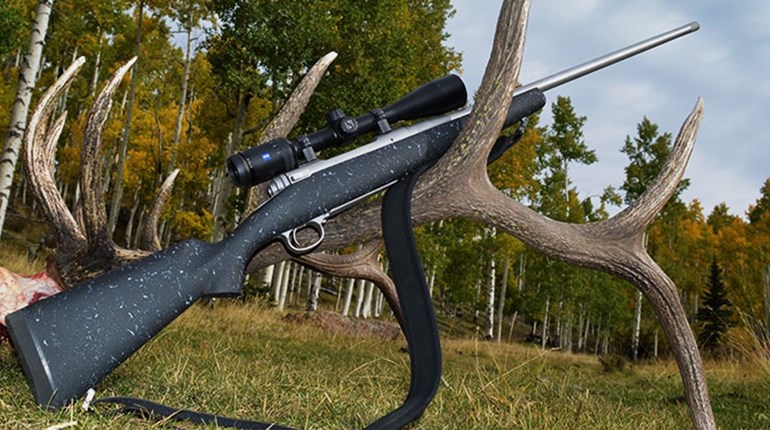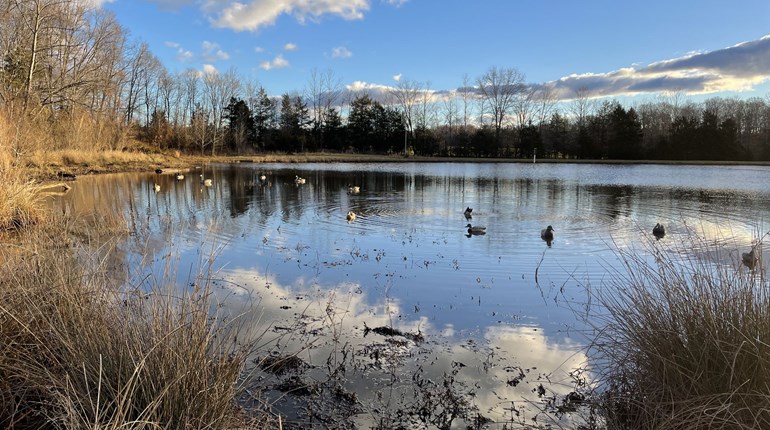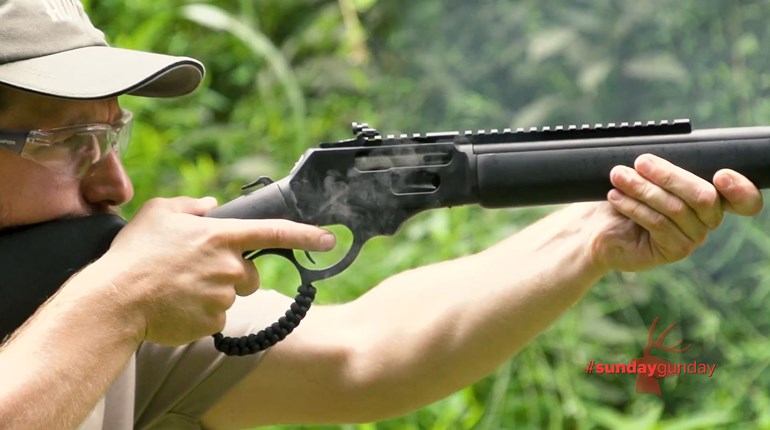
While most American hunters pursue big-game species (deer, elk, bears, pronghorns, etc.), the hunters who often become the most excited about going hunting are those who pursue some of the small-game species-like rabbits and squirrels. Hunting these small-game species offers opportunities to move often, possibly work in teams, hunt during warmer weather, take more shots and bag more game animals. The pursuit of squirrels and rabbits is as close as the hunting world comes to offering a video-game-like experience, so it's fair to say it: Small-game hunting yields big hunting action.
Squirrels and Rabbits Ruled
At one point in America's not-so-distant hunting history, stating that you were "going hunting" simply meant that you were going squirrel or rabbit hunting. Squirrels were the most widespread species to hunt, and hunters pursued squirrels for the exciting action and opportunities. Rabbits were also found on most farms and around field edges, and nearly every home had a beagle or dog that would push rabbits from brush and into the open. Rabbit hunts brought out entire families or groups of neighbors who worked together to pursue rabbits.
This makes sense when you realize that, just a few decades ago, deer populations were low and nonexistent in some regions. Big-game hunters were the definite minority in most of the U.S. Squirrels were king; rabbits were a close second as the most-pursued hunting species. Today, more hunters are rediscovering the thrills of stalking squirrels and chasing cottontails.
History of the Hunt
For many hunters of yesteryear, that first trip into the forest with a family member-often a dad or granddad-to hunt squirrels often meant a rite of passage into adulthood, or the highly anticipated beginning of a hunting career. Other farm families held get-togethers around dense brush and the chase began for rabbits-and those cottontail hunts also became the first for many young hunters. The new hunter was often entrusted with a hand-me-down shotgun or single-shot .22-cal. rifle for the hunting adventure. Family hunts also meant future family feasts-if the squirrels and rabbits were found and shots hit their mark.
Small game animals became welcome meals for the family. Squirrel gravy-and squirrel brains with scrambled eggs-were common fare on many country breakfast plates. Roasted or pan-fried rabbit also reached many table tops as the main course. Many squirrel hunters preferred the .22 rifle and sought to make head shots to damage less of the squirrel's meat. Rabbit hunters normally hunted with a shotgun because these small lagomorphs (rabbits are not actually rodents, although squirrels are) were normally always on the run.
Small dogs were also often deployed to trail and tree squirrels, and to chase rabbits into the open. The loud, excited barking by a feist meant it was time to hurry to the tree and take aim. Squirrel dogs were traded like livestock in some areas, and a good squirrel dog was in great demand. Beagles and smaller hound species also were deployed in packs to discover and run rabbits. When the chase began, hunters scrambled to find a location where the running rabbit could be intercepted.
Squirrels, as a species, adapted well to America's rapidly changing landscape in the 1950s and 60s. As forests shrank and housing developments expanded, squirrels turned their teeth and attention from mast-which completely failed in some years-to farm crops like corn, apples or pecans. Squirrels also adapted to life in the city as urban areas grew, and anyone with a backyard bird feeder knows that squirrels are masters at jumping, climbing and stealing bird seed. Rabbits had more difficulty adapting to the changing landscape since the species prefers fields and briars. Manicured lawns and suburbs are not rabbit-friendly habitat.
Settle Your Sights
Today, small-game hunters still use shotguns and rifles. Squirrel hunters often prefer .22- or .17-caliber rifles, and rabbit hunters prefer the 12- and 20-gauge shotguns. Some squirrel hunters also prefer shotguns during the early-season days, because leaves help conceal scampering squirrels and most shots are made in haste at squirrels passing overhead. Many shotshell manufacturers recommend using No. 6 shot when pursuing squirrels and rabbits.
"I hunt with a 20-gauge shotgun or a Ruger 10-22 rifle," reports 14-year-old Jake Ledford of Blowing Rock, N.C. "I enjoy hunting with my dad, and we've been hunting squirrels as long as I can remember." The duo hunts mostly on family property and have a favored walnut tree that squirrels love to visit.
Most squirrel rifles are also equipped with riflescopes. Binoculars, when carried and used, can help skilled squirrel hunters find hidden squirrels. A squirrel that has spotted you will often hide atop a limb or behind a tree trunk, and then watch. You'll note the head as a small knot or bump on a limb. When the wind blows, you might also spot a squirrel tail moving with the breeze.
If you seek rabbits, take slow walks along field edges and around brush piles during the early and last hours of the day. Rabbits are normally creatures of the night that can be spotted sitting motionless during low light periods. Look for the dark shiny eye of a rabbit, or the white cotton-like tail. Sometimes sun shining through a rabbit's ears will also produce a pink hue.
Small Game Haunts
As you hunt, remember that squirrels are centered around trees and forests, and rabbits are fond of brush and briars. Those are the places to begin your search.
"It's just a joy to sit under the trees, it's nice and quiet," continues Jake. "On a still morning you can hear the squirrels barking, and see them moving, and you can move in to make a shot." Squirrels prefer mature, hollow trees for dens, but you might possibly spot a round ball of leaves high up in trees. These squirrel "nests" are used as homes, and generally more than one squirrel is hidden there. Most states have laws forbidding shooting into nests or dens, so plan to sit and wait for them to emerge.
What do squirrels eat? They will eat acorns, walnuts, hickory nuts, dogwood berries, pine cones, apples and other fruits and mast. Study tree identification to help you find preferred squirrel foods. Look also at logs and stumps in the area where you hunt and you'll often discover the "litter" of nut shells left behind where a squirrel sits and eats.
While you wait silently, it's a good time to listen for the tell-tale gnawing of a squirrel's teeth on an acorn or hard hickory nut. This grinding sound can be heard at long distances. You can also scan the forest floor around you and often spot a scampering squirrel before it spots you. It is also a great time to call squirrels. Several manufacturers make whistles and shrill calls that can entice any nearby squirrel to respond when you call. These calls often cost less than $20 and can be found in most hunting gear outlets.
Rabbits are found in briar patches or around the edges of overgrown fields. A tangle of brush, vines and trees blown down by storms can also produce a haven for rabbits-and a place for a hunter to carefully walk and keenly observe. Round small rabbit droppings-the size of peas-tell that rabbits are about. After a fresh-fallen snow, rabbit tracks will also lead you to their preferred hideouts.
On many winter days, rabbits and squirrels can be seen out nearly every hour of the day. If the temps drop far below freezing, however, squirrels will spend the entire day in their dens. When the sun does appear, it is common to find squirrels lying on limbs and soaking up the warming rays. Rabbits will also move into the open to warm themselves in the sun.
Squirrels are easy to clean and prepare for the table if you follow the proper methods. Take note that a squirrel's hide requires some work and tugging to remove, and you'll need to take caution to keep the small hairs from sticking to exposed flesh. Details are at: mdc.mo.gov/hunting-trapping/small-game/how-clean-squirrel.
If you become a squirrel-hunting enthusiast, make note that a fishing lure manufacturer, Mepps (based in Wisconsin) needs squirrel tails to build fishing lures. More details are at: www.mepps.com/programs/squirrel-tail. If you know someone who ties trout flies for fishing, you might also be able to barter squirrel tails for some hand-tied flies.
Interest in hunting small game is on the rebound, and hunters have a lot of history pursuing rabbits and squirrels. Squirrels and rabbits often served as our nation's go-to meals and table meat during earlier severe economic downturns in America. The good news is that these small game species continue to offer great hunting challenges for those hunters eager to take a walk with a firearm in hand. Go get 'em!
Cozy Conservation Projects
If the place you hunt seems to be low in squirrel numbers, a great conservation project is to build a wooden squirrel house. Think of this project as building a larger wooden rectangular bird house. An adult might have to help you with building this project. Full details and blueprints can be found in your local library, or at: www.dnr.state.oh.us. This durable home can be built for less than $20.
Rabbits will use a brushpile that you build. Just saw and stack limbs and brush along the edge where a field meets forest, and rabbits will soon discover the site and move in. Create a brushpile about waist high and as wide as a standard room in your home.











